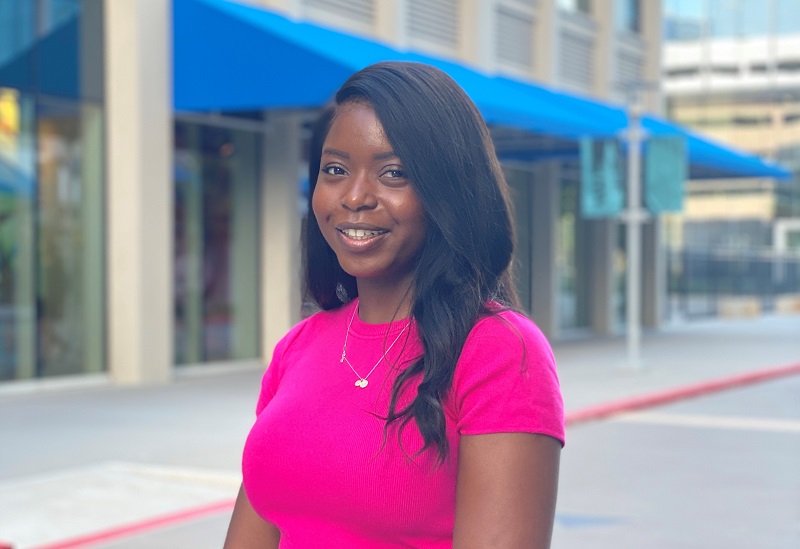The asset management industry is facing many challenges; there’s the war in Ukraine which, as well as being a devastating humanitarian crisis, could cause investment instability. Internally there are issues too, including the reluctance of firms to deal with diversity, equity and inclusion (DE&I), including creating gender equity through different approaches, with leaders needing to step up more in the D&I journey.
All this and more were covered in the recent Women in Asset Management UK & Europe Summit 2022, which brought together men and women in the industry who want to see a shift in more diverse representation and inclusion across the spectrum of identity(s).
Asset management firms: Are new approaches to DE&I needed?
While the success of asset management firms is largely determined by portfolio manager’s ability to make prudent investment decisions for clients, when it comes to improving organisational DE&I, the industry should not places so much emphasis on numbers, agreed speakers during the ’embedding gender equity into asset managers governance and strategy’ session.
The session included female leaders in the sector: Sophie Dupre-Echeverria, CRCO, GIB AM, Leanne Mair, Managing Director & Founder, Benefactum Consulting, and Stephanie Niven, Portfolio Manager, Ninety One, who discussed how to improve the industry’s approach to gender equity and DE&I.
Niven stated that asset management firms focus too much on diversity and the numbers game, namely what they can measure, instead of real inclusion, which is “how those different perspectives are brought together that brings out the best in people.”
To increase gender equity and other forms of diverse representation in the industry, she said that firms must embrace qualitative measures. This includes considering the”human element” that different perspectives bring to the workforce, including their “active, challenging thinking.”
Asking an industry based on numbers and logic to partly move away from this when embedding DE&I may be challenging, but they agreed that it’s crucial to see real change.
“We can’t just focus on numbers”, reiterated Niven. “The things we value as a society can’t just be down to numbers. We have to combine qualitative perspectives with numbers. We need new and more open-minded tools and ways of thinking to focus on what’s valuable as well as measurable.”
Mair agreed and said: “Anecdotes are still data”, which can be analysed to provide a deeper insight into a company’s culture, and what needs to change, such as hearing about women not surpassing vice president levels in an organisation.
She also warned firms that equitable practices require a long-term focus as the “history of marginalisation is so long that firms can’t commit just over three months to see a change.”
Remember minority groups and long-term approaches
For increasing gender equity, Mair said firms must create “focused-driven solutions to make necessary change”, such as targeting and supporting Black women in the industry “in a tangible way”, which can be lost under the umbrella of gender equity.
For embedding equitable practices, Dupre-Echeverria said regular engagement with employees is essential. Taking unconscious bias classes as an example, she said these measures should come in different formats and be” really interactive” and not just one-off sessions that have little impact.
She also advised firms to communicate to male staff that they will benefit from diversity and inclusion measures, such as more parental leave and general wellbeing policies.
The crucial thing, she said, is that men don’t get scared away by diversity and inclusion policies. Firms must communicate that they can still succeed in the industry as any other group should.
The key part leaders must play in DE&I
Across industries, leaders are waking up to the fact that they need to lead by example on diversity and inclusion to help policies stick – and the asset management landscape is no exception.
In an interview later in the summit called “DEI advocates from a leadership perspective,” DiversityQ Editor Cheryl Cole met Jayne Styles, the author of the Diversity Project’s CEO Inclusive Culture Guide and the ex-CEO of MS Amlin Investment Management, to find out how leaders can lead on DE&I better.
Apart from leading from the top on DE&I, Styles said leaders and their leadership teams must behave in an inclusive way, which involves being kind, humble, and listening. She added that they can build organisational trust through collaborating towards a shared goal.
When setting up the goals for inclusive change, she advised that research and fact collection is crucial. An example of where to start is gathering facts and data and looking at it in “a granular way”, which includes looking “at pockets of good practice” in the firm and what is not done.
Many diversity and inclusion policies fall flat when leaders make intentional statements but do little to follow up on them. For Styles, leading on impactful change around D&I requires”small steps rather than grand gestures.”
She said creating effective change means taking these small steps built up over time; however, she made clear that this must inform part of a clear “system change” in the organisation.
Styles also advised D&I-minded leaders to look at their organisation’s “pipes and plumbing”, including how they will expand their talent pool, which involves long-term planning over what they have now and what needs to be added to the business to encourage greater diversity.
For recruitment, she said firms must abandon the emphasis on culture fit, which she called “code for people like you”, and is often used by hiring managers as a means to recruit talent that is more similar to themselves, which is not the way to build a diverse and inclusive workforce.
To watch the full Women in Asset Management Summit UK & Europe edition, click here.









